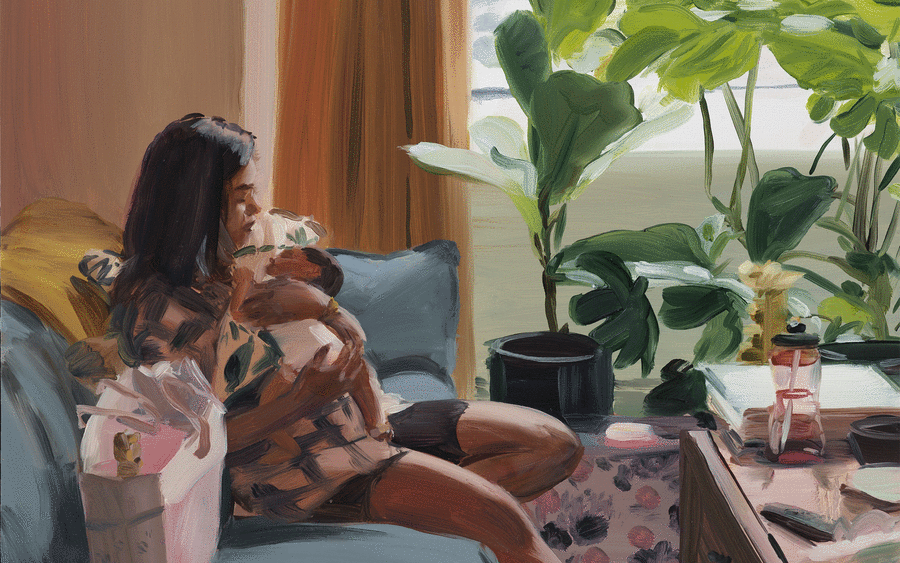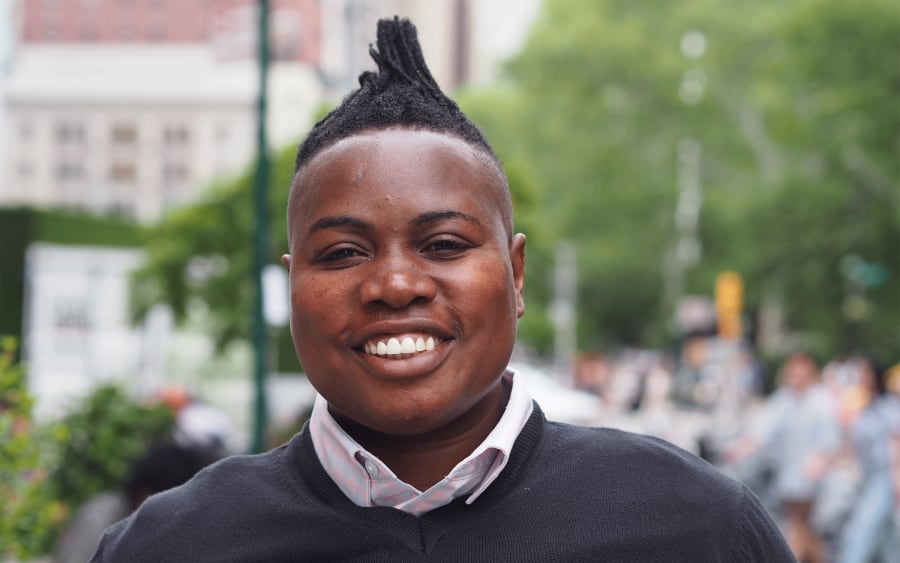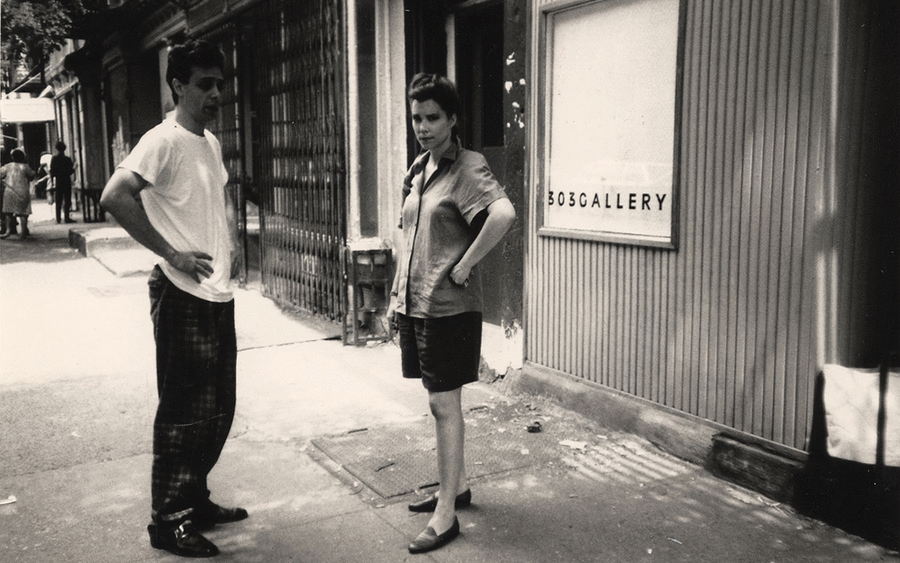This March Art Basel Stories celebrates female creativity and leadership with a new series of interviews, ‘What I’ve learned’. In these, some of the many figures we admire across the art industry reflect on what got them where they are.
‘I would struggle if I didn’t have a means of mark-making, whether with paper, charcoal, clay, or plastic. If you told me I had to live the rest of my life with a ballpoint pen, I would get into it, but I’d rather have a pencil.
‘As a child I was interested in poetry, and I was very into music. Aged seven I started learning the violin. When I couldn’t play it I would draw it – I wasn’t only interested in what it sounded like, but in what it was as an object, its appearance. I was never very good at the violin, but I worked hard, scratching away, and quite early on I began to understand and trust process and practice. I also appreciated making music that had been composed long before my birth, playing in orchestras, being a part of something bigger. And I still appreciate that.
‘I have a studio filled with people, and collaboration is an important part of my thought process. The joy of collaborative work is that the ideas come from all of us. We’re a group, we’re speaking to a group, and I love that.
‘But I now have a studio of my own, too, and that’s partly thanks to something the artist William Kentridge said. He told me, ‘You need a room without computers where you can make a mess, where you don’t have to be a director, where you don’t have to be in control or tell people what to do. You need a room where you don’t know what you’re going to make.’
‘It’s brought with it a big shift in my practice. Now I come into this space and carve out time to create work that doesn’t have a brief, that isn’t commissioned. I don’t know what I’m going to make by the end of the day, and I’m not telling other people. I’m really enjoying it – sitting in a room of my own – and I only feel ready to do it now, at the age of 52. I could have been in here at any given time – the room has always existed in my house. It’s taken me five decades of being curious, researching, learning, developing processes.
‘I’ve been given a bunch of good advice along the way, starting in school with two teachers. One told me not to try to be like anyone else. The other, a music teacher, encouraged me to think about the senses beyond sight by getting us to listen to music with the lights off.
‘I had a revelation when I was about 11 years old. I was in a long corridor of a music school, standing in a shaft of sunlight, listening to fragments of music. I felt a bit lost because everyone else was so brilliant, but I thought the light was nice and that it was kind of cool together with the music and the atmosphere. I see my practice now in light, sculpture, theater, music, and text as a 30-year extension of that corridor in some way. Sometimes walking or reading alone, often running at speed, usually holding hands with collaborators, musicians, poets, engineers, activists, directors, and dancers.
‘When I was at college in the 1980s, I thought I should get a job in graphic design because I would never make any money as an artist, and this rather patient guy pointed out that if I wasn’t interested in graphic design I probably wouldn’t be any good at it and so no one would pay me anyway. Whereas if I picked anything else – even if it was making sculptures out of orange peel – and if I was obsessed with it and I did it well, first I would have a good life doing something I enjoyed, second I would probably get better and better at it, and third someone might, in fact, then pay me.
‘I’ve learned that I make my most interesting work when I don’t know the rules and I don’t know what I’m doing. I don’t want to repeat experiments I’ve already done. Each piece has to be a prototype. I often make things at a large scale, big kinetic machines involving the public, for mass gatherings, and they require lots of resources – not just in terms of financing but the number of hours of other people’s lives that go into them. So each one is a risk. I can never be sure it’s going to work out exactly as it is in my mind.
‘You develop a hunch, and mercifully in my 30 years of making things, though some have been more successful than others, they mostly do…something. For me, as long as it moves people or invites an audience to rethink a thought or an idea, a work has been worthwhile. Even if it doesn’t quite achieve what I wanted, if it achieves that – some kind of perspective shift – then it has been successful.
‘If I had to define the purpose of my work, I would say it’s about unpicking the structures that separate us and highlighting the ways in which we can be more connected to each other and the planet. That seems to me the single most important thing I can offer with the skills I’ve learned in theater and concerts and what I do.
‘Right now, I’m most excited about being here, in this studio in my home, coalescing. Having clarity about why I want to make work and looking at the skills and techniques and craft that I’ve honed over 30 years of practice. Yes, I could carry on and make more of the same kind of stuff, but I don’t want to. The work I make requires a lot of energy, and I won’t be able to maintain that energy unless I really love it and am totally curious. There’s a good amount of doubt in here, but I’m not going be swallowed by it.’
Chloë Ashby is an arts and culture writer based in London. She is the author of the novels Wet Paint (2022) and Second Self (2023).
Caption for the full-bleed image: An Atlas of Es Devlin - Cooper Hewit, 2023. Courtesy of the artist. Photograph by Jason Ardizone.


